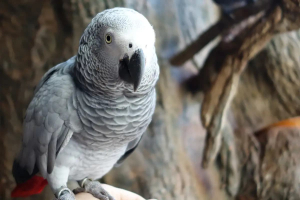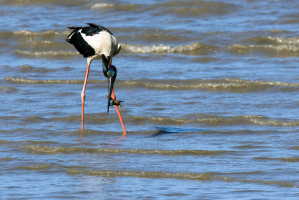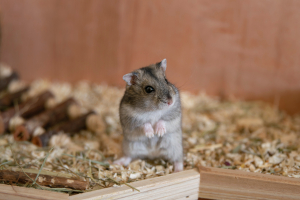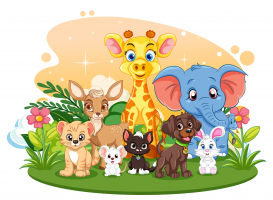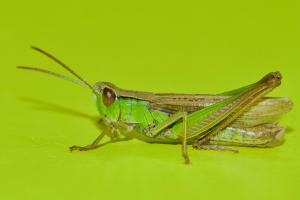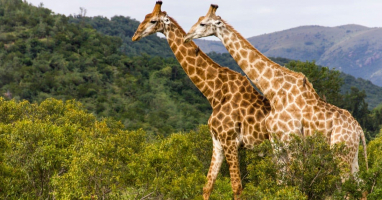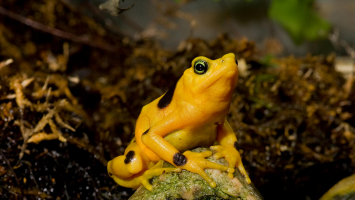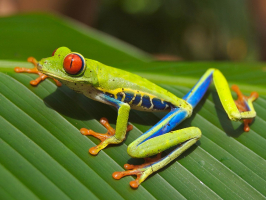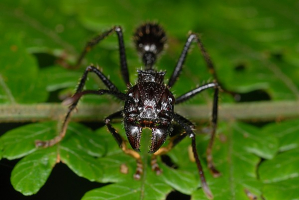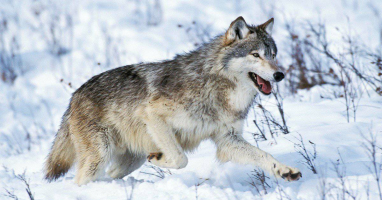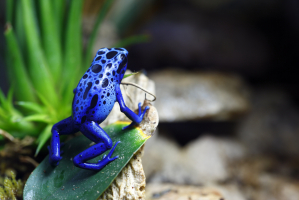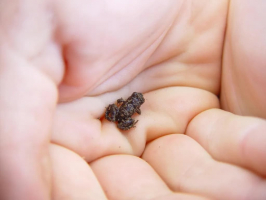Top 10 Smartest Animals
Human beings aren't the only clever organisms on the earth. While some of the creatures on this list have lower or much greater brains than humans, each is ... read more...intelligent and distinctive in its way. Here are 10 of the smartest animals that have continued to show their remarkable intelligence time after time.
-
Topping our list of the smartest animals is another great ape, the chimpanzee. Humans have always been captivated by this animal's extraordinary cognitive powers. Chimps can acquire sign language to interact with humans and can recall the name sign of people they haven't seen in years. Chimps, like some of the other animals on this list, can identify themselves in mirrors and display loving and grieving behaviors.
The chimpanzee's capacity to utilize symbols for items and mix them in a sequence to represent a complicated thought is possibly its most astounding trait. Such mental abilities are likely crucial to the animal's sophisticated social groupings, where they create deep attachments and follow a complicated hierarchical structure.
Researchers from Iowa State University and the University of Cambridge studied chimpanzees in the wild, learning how to make spears step by step. Chimps have also been observed cracking open nuts and removing termites from logs with tools. They can solve complex problems and recognize when they have aced an exam.
Scientific Name: Pan Troglodytes
The average EQ: Approximately 2.49
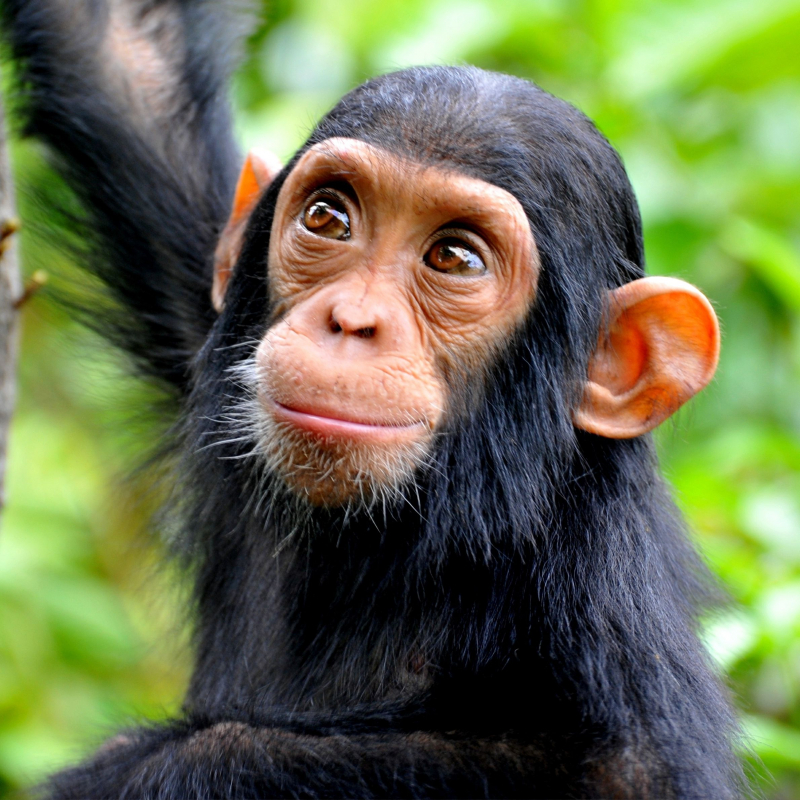
animals.howstuffworks.com 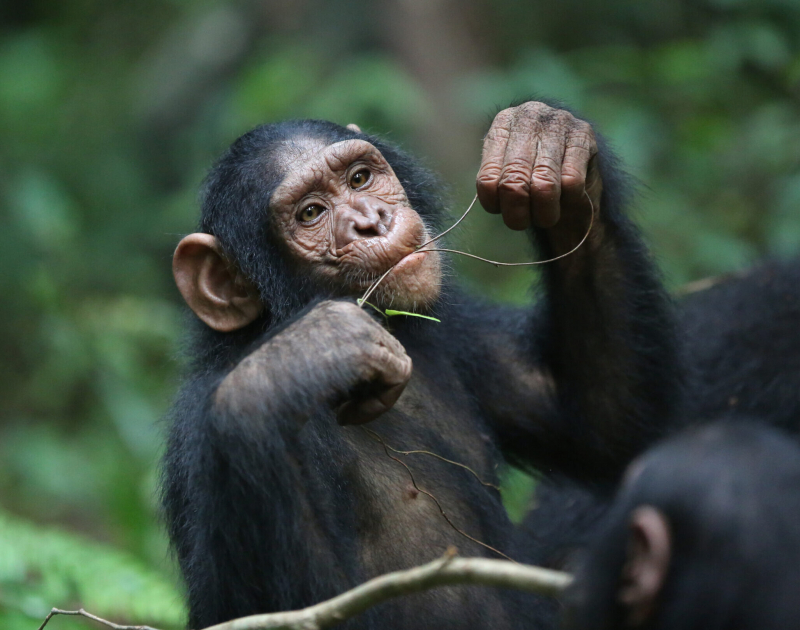
a-z-animals.com -
Have you ever wondered why most aquariums include dolphins and killer whales as the main attraction? It's because they're smarter than practically all other living things. If you've seen the Flipper and Willy movies, you presumably already knew this. Dolphins are very sociable creatures. In the world's waters, schools of dolphins may be seen surfing, racing, leaping, twirling, whistling, and otherwise having fun. They also have a complex "language," which humans are only beginning to decipher.
Dolphin females, like many of the smartest animals, stay with their young for several years, teaching them all the tricks of the dolphin trade. Dolphins utilize tools in their natural habitat, and human trainers may teach them a wide range of behavioral directives. In reality, the US Navy has trained bottlenose dolphins to detect underwater explosive mines.
The brain of a dolphin is four to five times larger than it should be given its physical size. They can recognize themselves in a mirror and understand and follow directions. They have sonar integrated into their DNA, as well.
Scientific Name: Delphinus
The average EQ: Ranging from 1.67 to 4.56, depending on the type
animals.howstuffworks.com 
a-z-animals.com -
After humans, Orangutans are regarded as the smartest animals. Of course, humans are biased in this regard, but the big apes' intellectual aptitude is difficult to dispute. After all, we share more than 96% of our DNA. Orangutans distinguish as being very brilliant in terms of intelligence. In reality, they, like humans, can calculate costs and advantages when transferring items.
Orangutans have a sophisticated culture and communication system, and several have been seen in the wild utilizing tools. Adult orangutans outperformed youngsters in one research when it came to manufacturing and utilizing tools.
These clever creatures live in dispersed colonies and maintain strong social links, which might explain they're extraordinary cognitive abilities. Females stay with their young for years, teaching them everything they need to know about surviving in the woods. Orangutans are highly endangered, with just 55,000 to 65,000 remaining in the wild.
Scientific Name : Pongo
The average EQ : Ranging from 1.7 to 1.9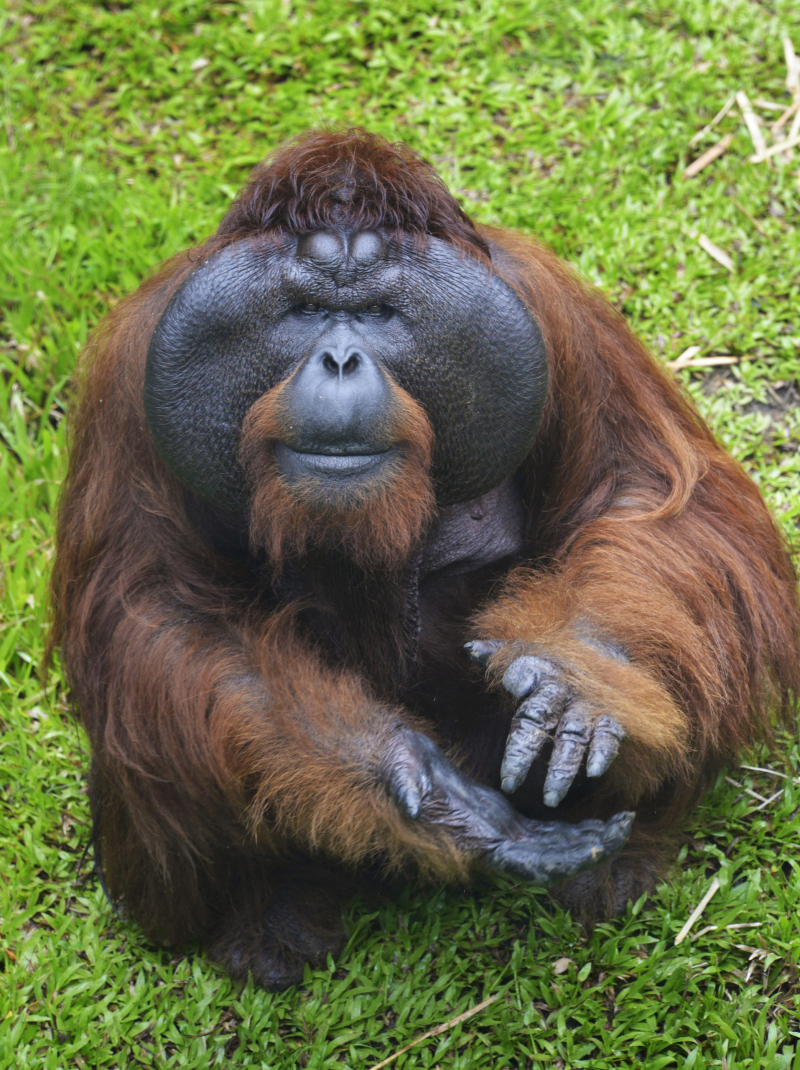
animals.howstuffworks.com 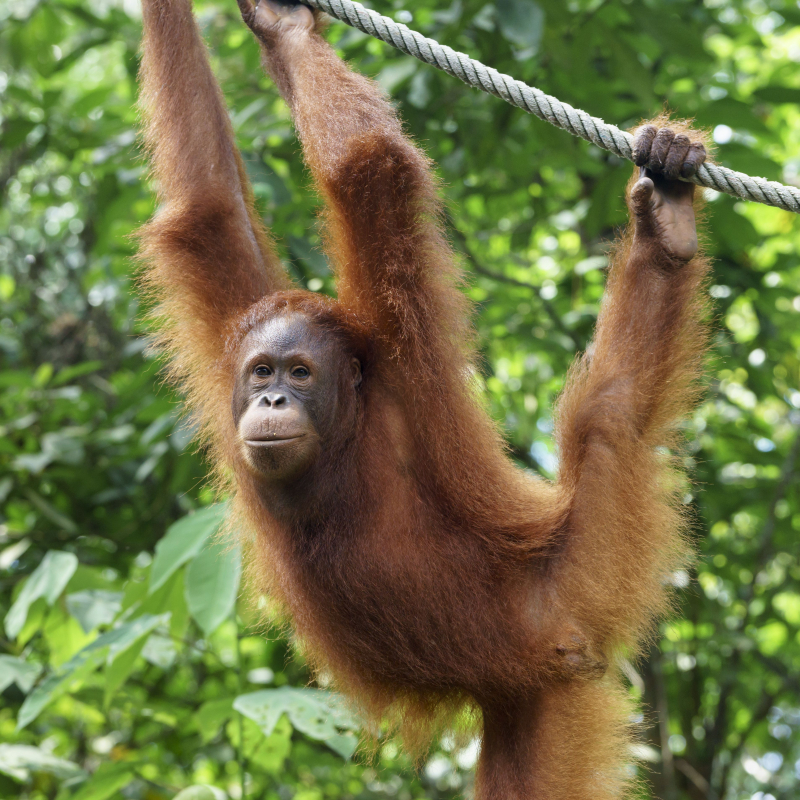
a-z-animals.com -
The size of an elephant is the first thing you notice when you see one. Elephants, contrary to common belief, are more than lumbering giants with large ears. Elephants, in reality, are graceful, sophisticated, inquiring, and have an excellent memory. Elephants can distinguish up to 30 relatives based on their urine odors, which helps them keep track of one another.
In the wild, they have been observed cleaning their food and using tools in diverse ways, and in captivity, they can also obey human directions. Elephants are also exceedingly loving and sensitive toward their fellow elephants as well as other animals, which is considered a highly advanced sort of intelligence.
Elephants have the biggest brains among terrestrial creatures, three times the size of a human brain, and an adult weighs 10.5 pounds (4.7 kilograms). It has 257 billion neurons in its brain, which is three times more than the typical human brain. Elephants can identify themselves in mirrors and express regret over the deaths of their family.
Scientific Name : Loxodonta
The average EQ : 1.88
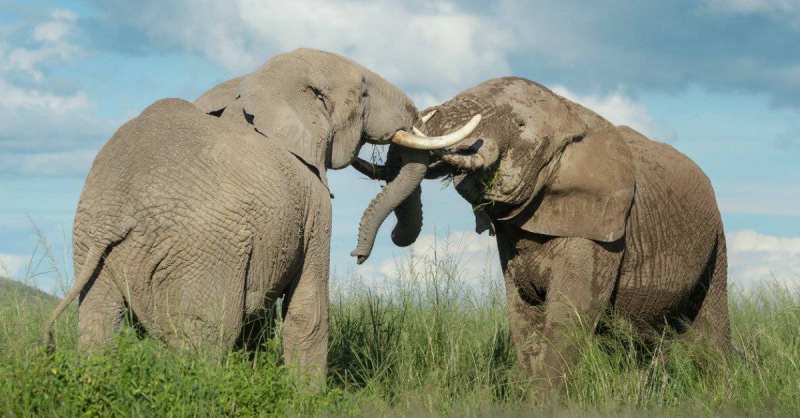
animals.howstuffworks.com 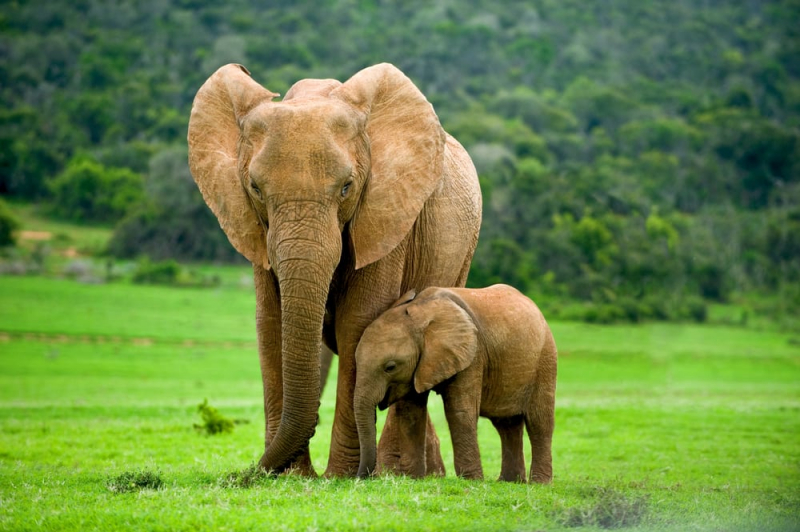
a-z-animals.com -
Although crossing the street against traffic is known as "jay-walking," Jay and other members of the crow family comprehend the significance of waiting for the light to change better than some humans. Crows in Japan's cities have been seen picking nuts from trees and depositing them in the roadway for passing automobiles to split open the shells. They then return to the roadway to get their nuts snack after patiently waiting for the light to change – a remarkable example of animal inventiveness.
Crows have shown the ability to make tools (such as twisting a piece of wire into a hook to grab meat), recognize people/animals who may constitute a threat, and comprehend comparisons. Their thinking ability was even comparable to that of a 7-year-old child in one research. Crows often play pranks and tricks on one another, communicating in intricate population-specific languages.Scientific Name : Corvus
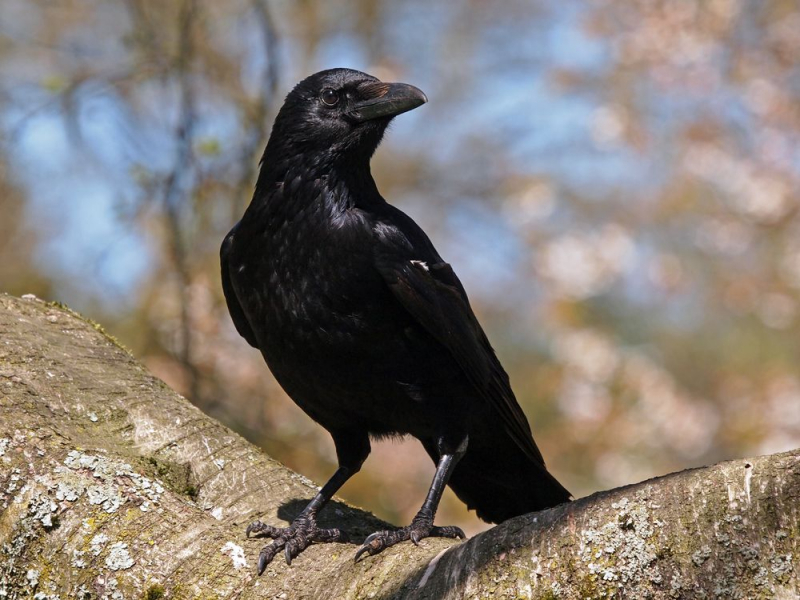
animals.howstuffworks.com 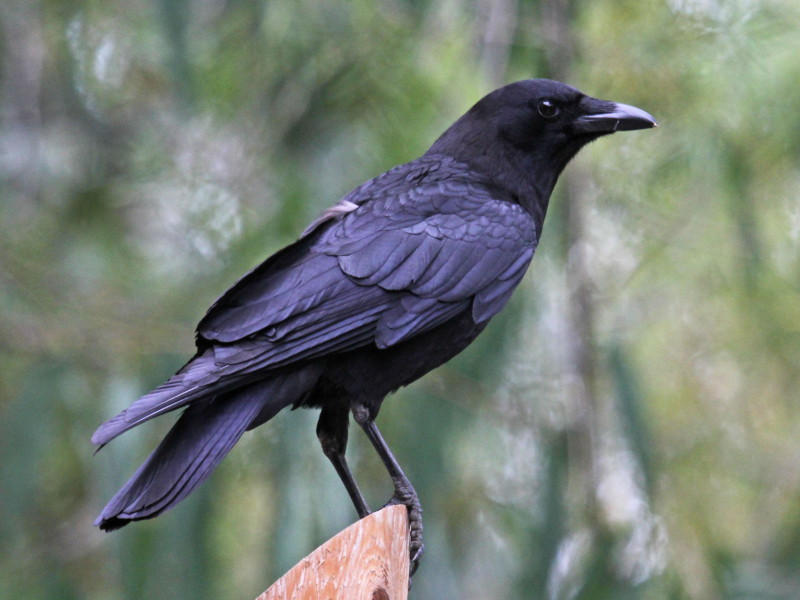
a-z-animals.com -
Pigs are one of the smartest animals, despite their reputation for gluttony and bad cleanliness. Domestic and wild animals are noted for their capacity to adapt to a wide range of environmental situations. Pigs and their cousins are omnivores with a diet that includes worms and bugs, unlike most other ungulates, which are entirely herbivorous. Pigs tend to outcompete native species wherever they have been introduced across the world. Even though this tendency is harmful to local species, it is another example of pig ingenuity.
Young piglets may learn to discover a way to their concealed food dish by looking in mirrors. Seven of the eight pigs discovered their meal when the researchers placed it behind a solid barrier that could only be seen in the mirror. Pigs can not only solve the idea of reflection in less than five hours, but they can also grasp human directions. Pigs are as trainable as cats and dogs, which is why they've grown popular as pets in the United States.
Scientific Name : Sus
The average EQ : 0.38
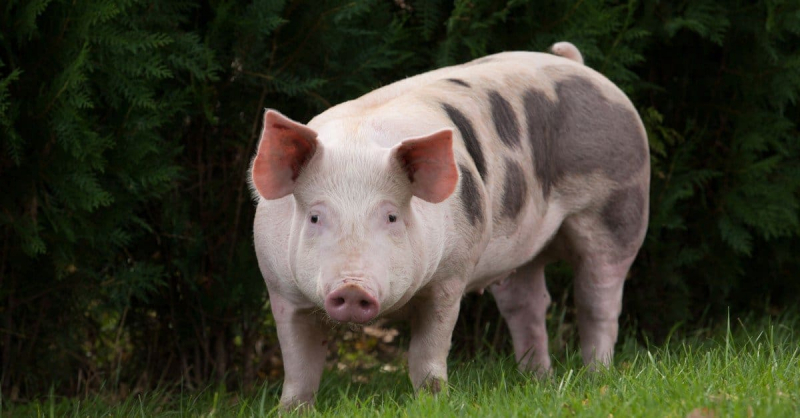
animals.howstuffworks.com 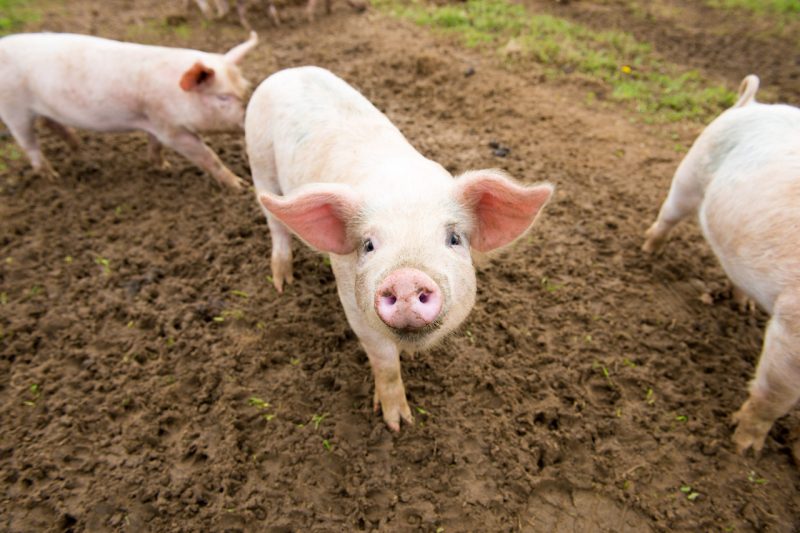
a-z-animals.com -
The nemesis of gardeners across its enormous habitat is this animal's tenacious tenacity and perfect recall. Most squirrels use a variety of tactics and techniques to help them survive, which psychologists say demonstrates a high level of cunning and intelligence. For starters, the smartest animals have evolved to coexist with people, feeding on bird feeders, flower beds, and whatever food is available.
You know how essential an acorn is to Scrat, the saber-tooth squirrel if you've seen the "Ice Age" movies. In real life, it's no different. So much so that Eastern gray squirrels dig holes, pretend to hide their food in them, and then flee to other hidden hiding spots. This is referred to as deceptive caching, and it is done to confound would-be robbers. Tree squirrels, on the other hand, arrange their nut pile by size, kind, and maybe nutritional value and taste using a method known as "spatial chunking." When they grow hungry, this makes it easier for them to find what they desire. They may also store and hoard food during times of scarcity and subsequently locate their hidden treasures.
Scientific Name : Sciuridae
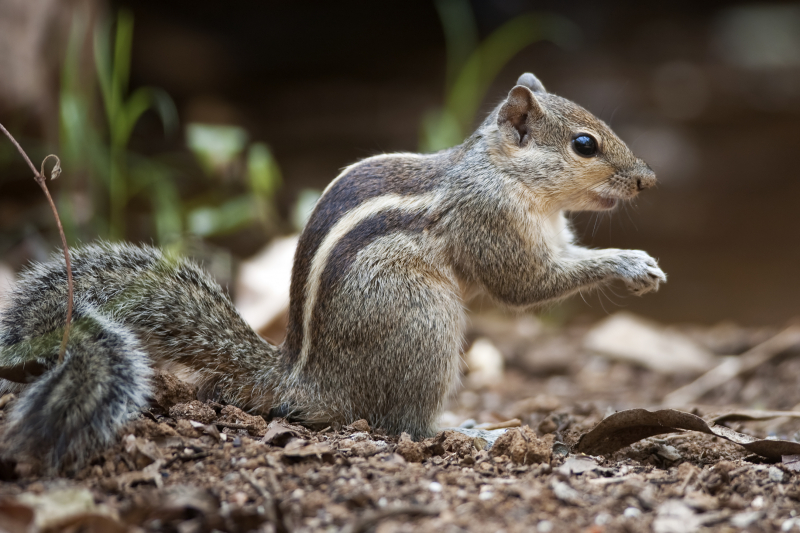
animals.howstuffworks.com 
a-z-animals.com -
Pigeons abound in most major North American cities, although most people see them as nuisances. This common bird, on the other hand, is highly intelligent. Because pigeons have been the focus of several scientific studies, there is a plethora of information available on their cognitive capacities. Pigeons, for example, can recognize hundreds of pictures even after several years. They can also recognize themselves in a mirror, be trained to do a series of motions, and distinguish between two paintings — amazing feats for such a common bird.
But that's only the tip of the iceberg. Pigeons have been utilized by governments and military all over the world for a reason. During both World Wars, these pigeons conveyed crucial communications beyond enemy lines before technology advanced. Other pigeons, armed with small cameras, flew over enemy territory to gather intelligence. So, if you see a pigeon pecking at the ground, don't be fooled: this animal doesn't have a bird brain; it's a brainy bird. So there's nothing wrong with pigeons being on the list of the smartest animals.
Scientific Name : Columbidae

animals.howstuffworks.com 
a-z-animals.com -
The invertebrate with the power and expertise to unscrew a jar lid deserves praise! The octopus, ranked ninth on our list, is one of the smartest animals. Scientists are continuously uncovering new and amazing talents in this species, which is currently poorly understood. Octopuses are known for their ability to play, solve puzzles, navigate mazes, and have good short-term memory. But how can an animal belonging to the same family as the snail be capable of such dexterity? The octopus's mix of strength, agility, curiosity, and a lot of brainpower may distinguish it from its soft-bodied counterparts.
Although an octopus' brain is around the same size as some mammals' brains, it has a high level of structure that aids it in catching prey and avoiding predators. However, its shape-shifting and concealment talents only show a small part of this amazing creature's intelligence. Although the octopus has a core brain, three-fifths of its nerves are scattered across its eight limbs, which function as micro brains. It's no surprise that it's so clever.
When octopuses are introduced into science labs, they display the same intelligence. Despite wearing similar uniforms, octopuses were able to distinguish specific humans, according to researchers. Indeed, the animals acted differently around the person who fed them and the one who stroked them with a bristly stick, as we humans would.
Scientific Name : Octopoda
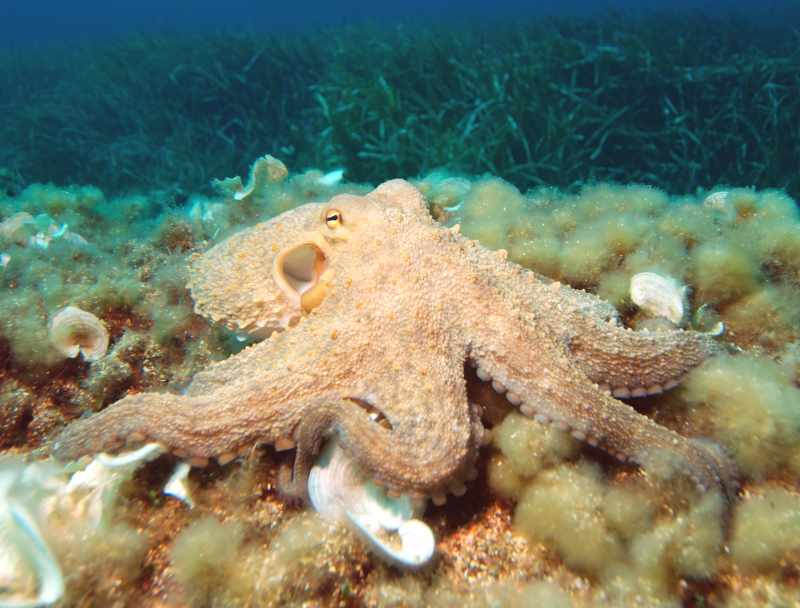
animals.howstuffworks.com 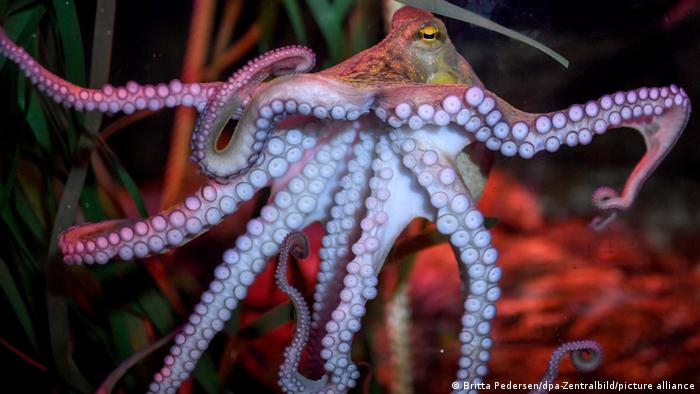
a-z-animals.com -
The rat, at number ten on our list of the smartest animals, is a highly clever yet much-reviled mammal in Western societies. The rat, on the other hand, is revered in Chinese culture for its cunning and resourcefulness, and for good cause. Except for Antarctica, it has successfully invaded every continent on the planet. And, if history is any guide, they'll arrive far too soon. The lab rat, which is often utilized in research, has been known to uncover shortcuts, loopholes, and escape routes in laboratory studies devised by the world's greatest scientists.
In reality, highly trained rats have saved thousands of lives by sniffing out landmines and identifying tuberculosis (TB) in humans all across the world. Rats trained by the Tanzanian nonprofit APOPO – which stands for "Anti-Persoonsmijnen Ontmijnende Product Ontwikkeling" in Dutch and "Anti-Personnel Landmines Detection Product Development" in English – have discovered 18,300 cases of tuberculosis and destroyed 108,736 landmines and unexploded ordnances.
According to APOPO, a rat can inspect the area around a tennis court for mines in 30 minutes, but a human may take four days using a metal detector. It can also screen 100 sputum samples for tuberculosis in under 20 minutes, compared to four days for a lab staff using traditional testing. Rats can even learn to play hide & seek as if that wasn't astounding enough.
Scientific Name : Rattus
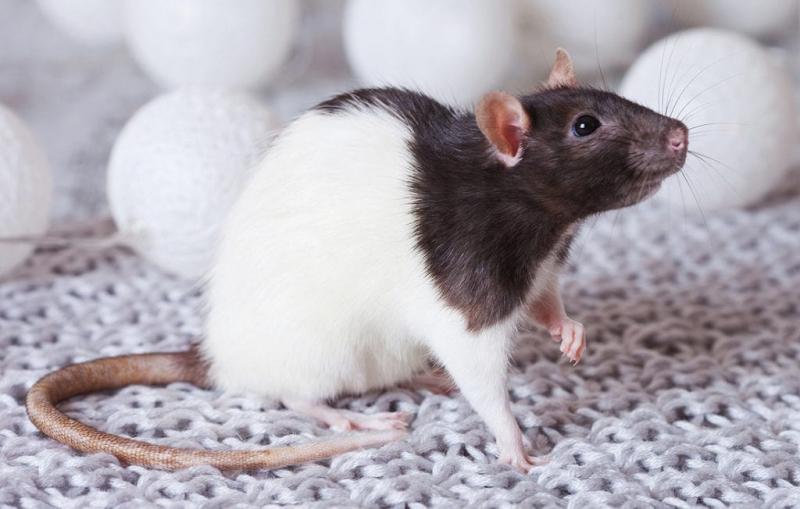
animals.howstuffworks.com 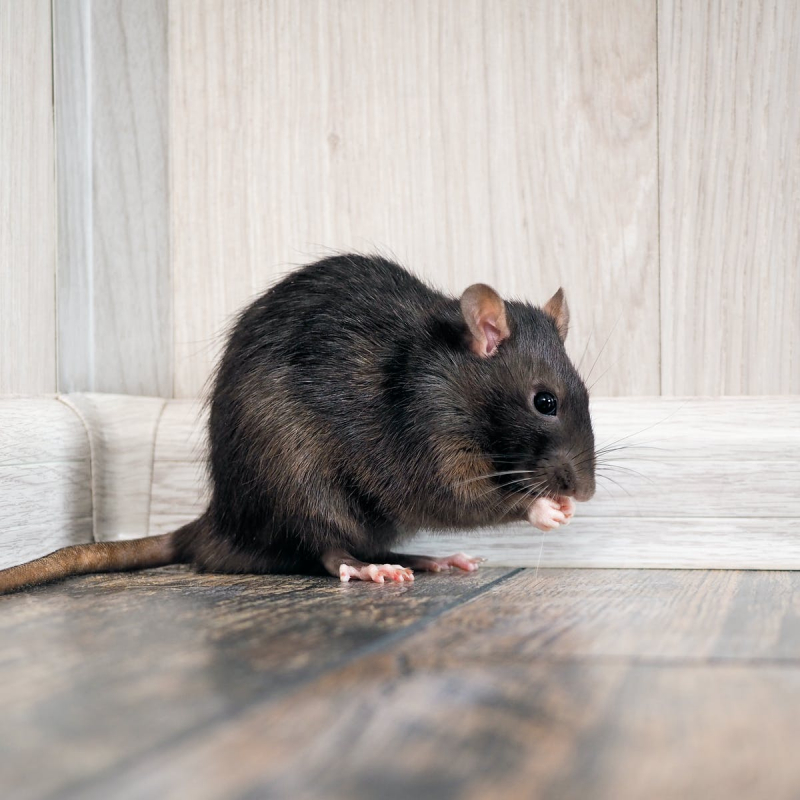
a-z-animals.com












